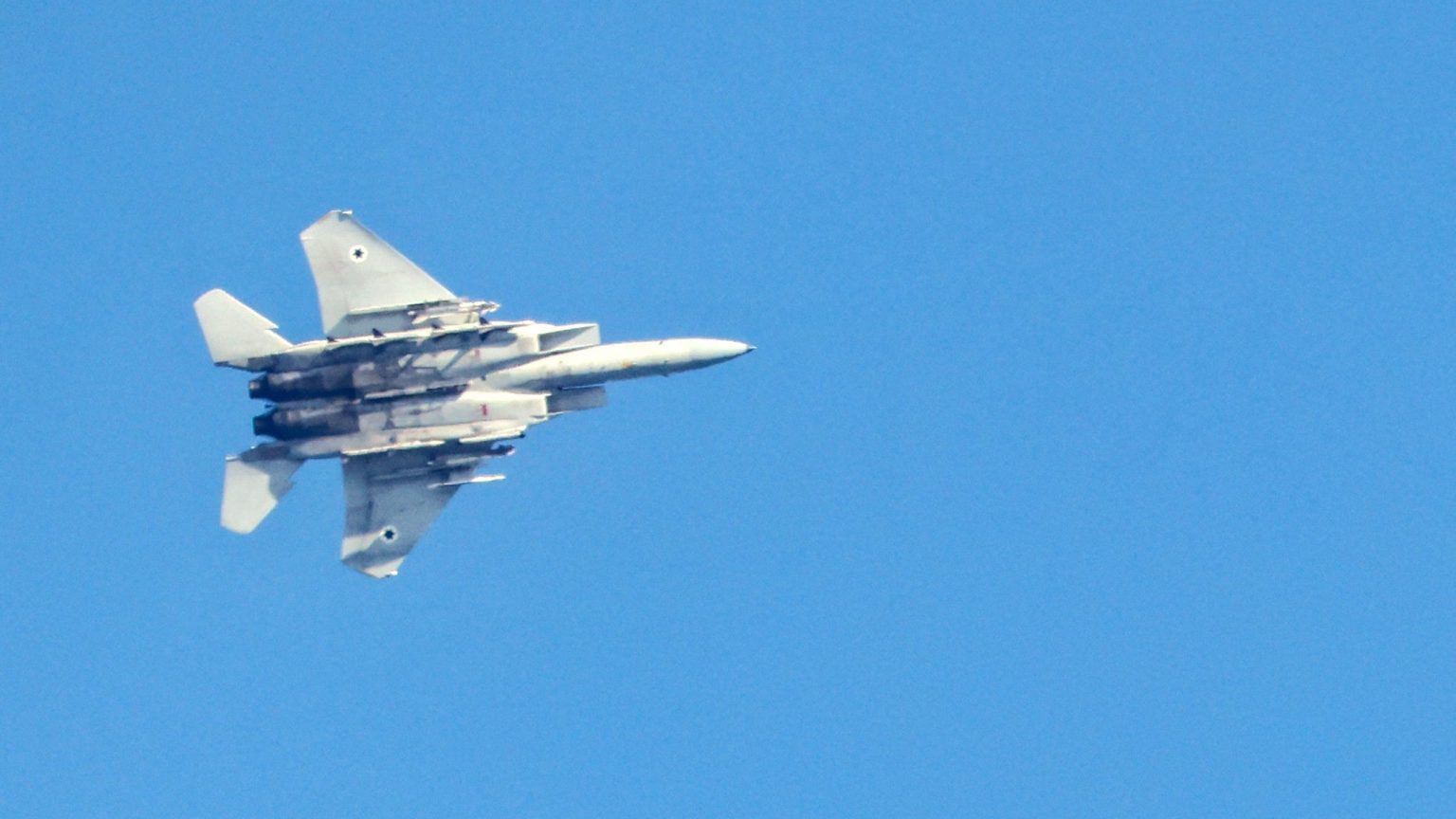The Israeli Air Force conducted strikes against Iran-backed Houthi targets in Yemen, located approximately 1,800 kilometers from Israel. The operation involved dozens of aircraft, including fighter jets and midair refueling aircraft. Targets included power plants and a seaport used for importing oil, in addition to military supplies. The IDF stated that the operation was in response to recent attacks by the Houthis against Israel. The Houthis have been operating under the direction and funding of Iran, and the IDF is determined to continue to operate against all threats to the citizens of Israel.
Tensions in the region have been heightened following Israeli strikes near Beirut that killed Hezbollah leader Hassan Nasrallah. In response, Houthi leader Adul Malik al-Houthi vowed revenge and threatened to escalate military actions. As the one-year anniversary of the Israel-Hamas war approaches, the Houthis have continued their campaign targeting ships in the Red Sea. The situation has raised concerns about trade passing through the region and crucial shipments of aid to war-torn countries. Iran’s supreme leader, Ayatollah Ali Khamenei, has also warned of potential retaliation from Iran and its terrorist proxies in response to Nasrallah’s killing.
White House national security spokesman John Kirby stated that Hezbollah’s command structure has been significantly weakened after Israel destroyed thousands of missiles and drones belonging to the terror group. However, Israeli air defenses reported downing two drones coming from Lebanon, showing continued tensions in the region. The United States remains determined to prevent Iran and its partners from exploiting the situation or expanding the conflict. The US maintains a significant military presence in the region and is prepared to defend its personnel and interests if necessary.
Secretary of Defense Lloyd Austin directed that the USS Abraham Lincoln Carrier Strike Group and the USS Wasp Amphibious Ready Group/Marine Expeditionary Unit remain in the US Centcom theater and Eastern Mediterranean, respectively. The US has also elevated its fighter and attack squadron presence in the region, including aircraft such as the F-22, F-15E, F-16, and A-10. The Department of Defense will continue to adjust its force posture based on the evolving security situation. Austin emphasized that the US will take necessary measures to defend its people should Iran, its partners, or proxies target American personnel or interests in the region.
In response to heightened tensions, the Israeli military has increased its operations against the Houthis in Yemen, who are backed by Iran. The IDF is committed to protecting Israel from threats posed by the Houthis and other groups operating in the region. The situation has led to concerns about the stability of the region and the safety of vital trade routes passing through the Red Sea. The US, along with its allies, remains vigilant and ready to respond to any potential threats from Iran and its proxies. The ongoing conflict underscores the complexity and volatility of the Middle East and the challenges faced by countries in the region and beyond in maintaining peace and security.


